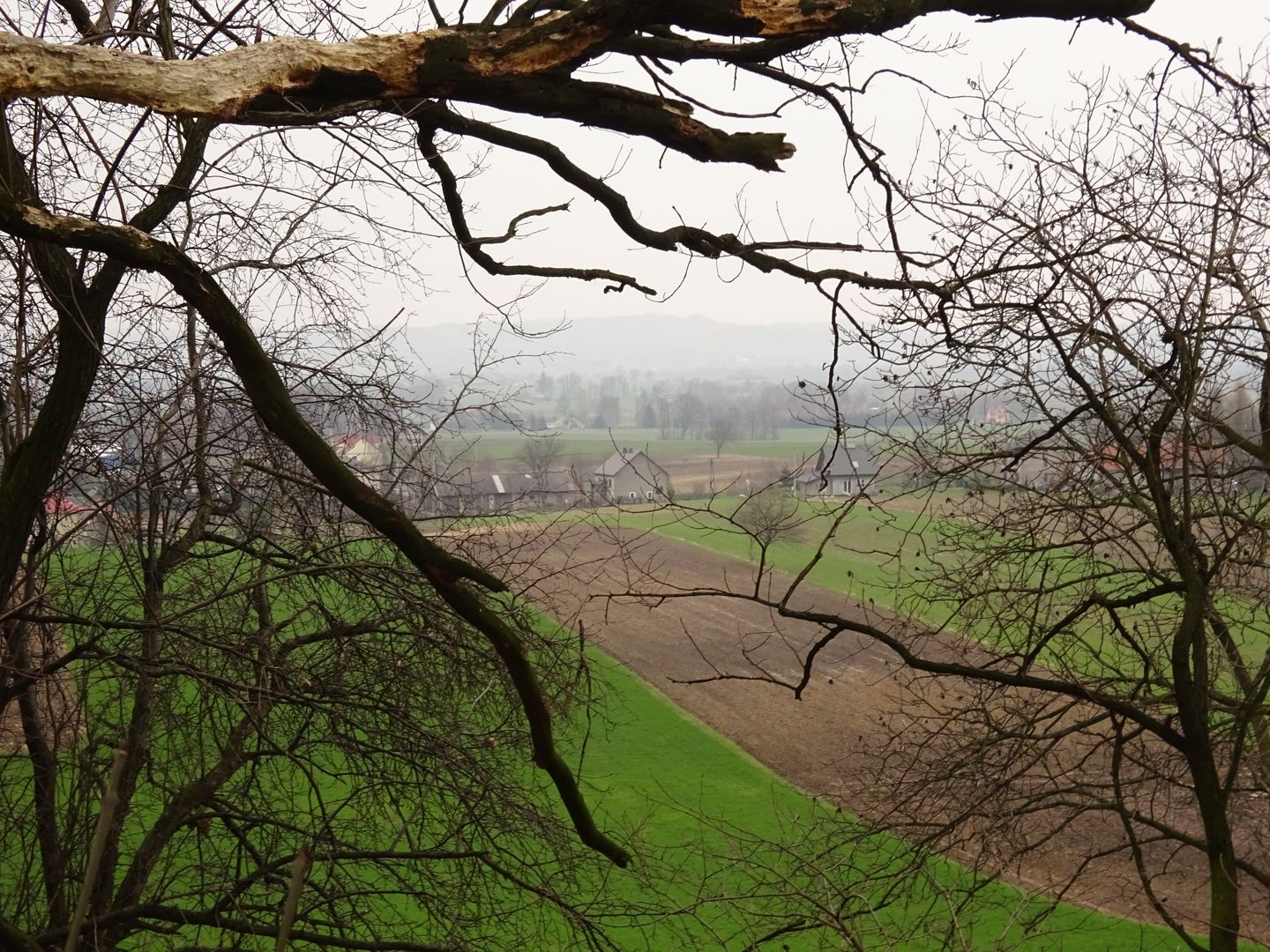Krak Mound II
6.9

Overview
Krakus Mound II, also known as Krak's Mound II or Krak the Younger's Mound, is an oval-shaped mound approximately 11 meters high, situated on a hill in the village of Krakuszowice, about 6 km northeast of Gdów. Its origin remains unclear, but it is believed to date back to the early Middle Ages. Associated legends, such as the one recorded by Wincenty Kadłubek, tell of a conflict between the sons of King Krak, in which the younger son killed the elder and was subsequently exiled. August Bielowski, describing the site in 1844, suggested that the mound might have been linked to ancient pagan sacrificial practices. In 1905, unfortunate excavations aimed at uncovering treasures only damaged the mound. Krakus Mound II, along with other mounds such as Krak's Mound in Kraków and those in Sandomierz and Przemyśl, is an example of the so-called Krakuszowice type, distinct from common burial grounds with small barrows. Although it was a popular destination for excursions in the 1940s, it is now surrounded by farmland, and access is not facilitated by any marked tourist trails. An interesting hypothesis proposed by Professor Władysław Góral suggests that the mound, along with other Kraków structures, may have served as part of a Celtic system of astronomical markers. The mound offers beautiful views of the Raba River valley, though its silhouette is obscured in summer by the surrounding trees.
Location
2025 Wizytor | All Rights Reserved